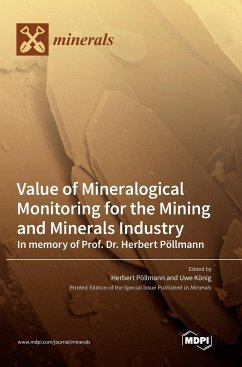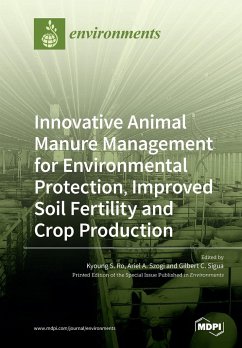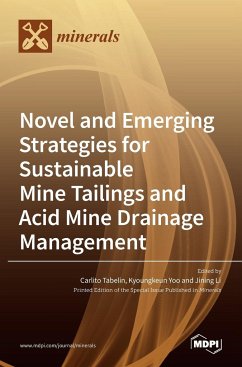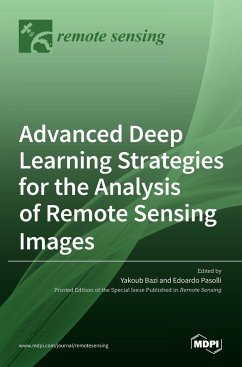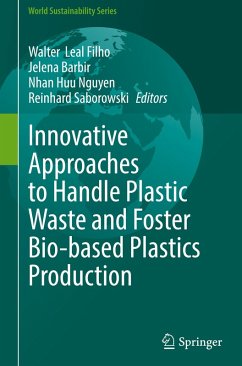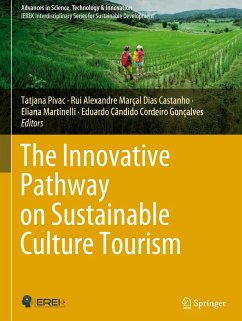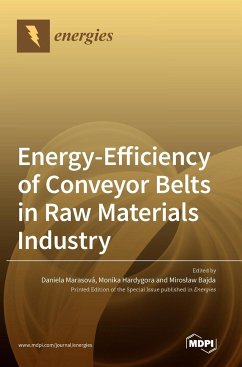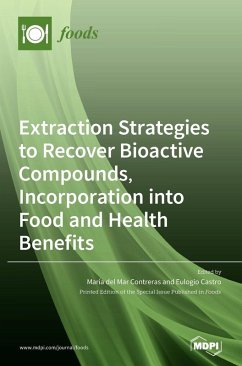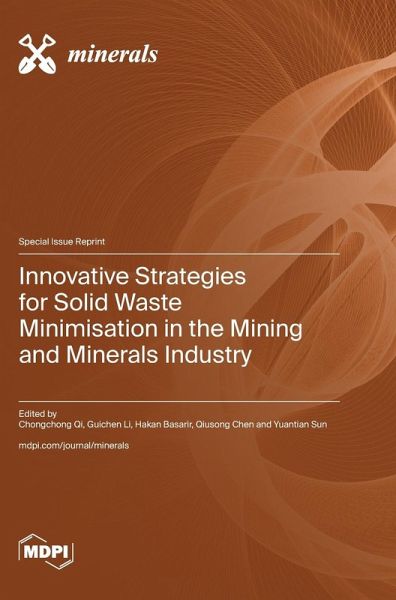
Innovative Strategies for Solid Waste Minimisation in the Mining and Minerals Industry
Versandkostenfrei!
Versandfertig in 1-2 Wochen
71,99 €
inkl. MwSt.

PAYBACK Punkte
36 °P sammeln!
The mining and minerals industry has witnessed a significant increase in the generation of solid waste (e.g., mine tailings, coal gangue, coal fly ash, slag) as the industry has evolved. Due to the substantial potential for environmental harm, the management of solid waste remains one of the most challenging issues facing the industry. The traditional methods employed in solid waste disposal, such as direct surface disposal, have numerous limitations, hindering their broader application. These limitations include the risk of storage facility failure, the use of land resources, and the potentia...
The mining and minerals industry has witnessed a significant increase in the generation of solid waste (e.g., mine tailings, coal gangue, coal fly ash, slag) as the industry has evolved. Due to the substantial potential for environmental harm, the management of solid waste remains one of the most challenging issues facing the industry. The traditional methods employed in solid waste disposal, such as direct surface disposal, have numerous limitations, hindering their broader application. These limitations include the risk of storage facility failure, the use of land resources, and the potential for heavy metal contamination. Consequently, there is a pressing need for innovative strategies that minimize the generation of solid waste in the mining and minerals sector. Research efforts have aimed to enhance approaches to the minimization of waste minimization across various dimensions. While some studies focus on reducing the generation of waste at the source, others emphasize the development of novel recycling methods. This reprint highlights research related to the minimization of solid waste within the mining and minerals industry. It includes experimental investigations and machine learning-based predictive models that address various topics, such as the recovery of valuable components from copper slag, the recycling of solid waste and its use as a supplementary cementitious material, the reuse of solid waste in backfill applications, and the employment of advanced machine learning techniques to support waste minimization efforts.





